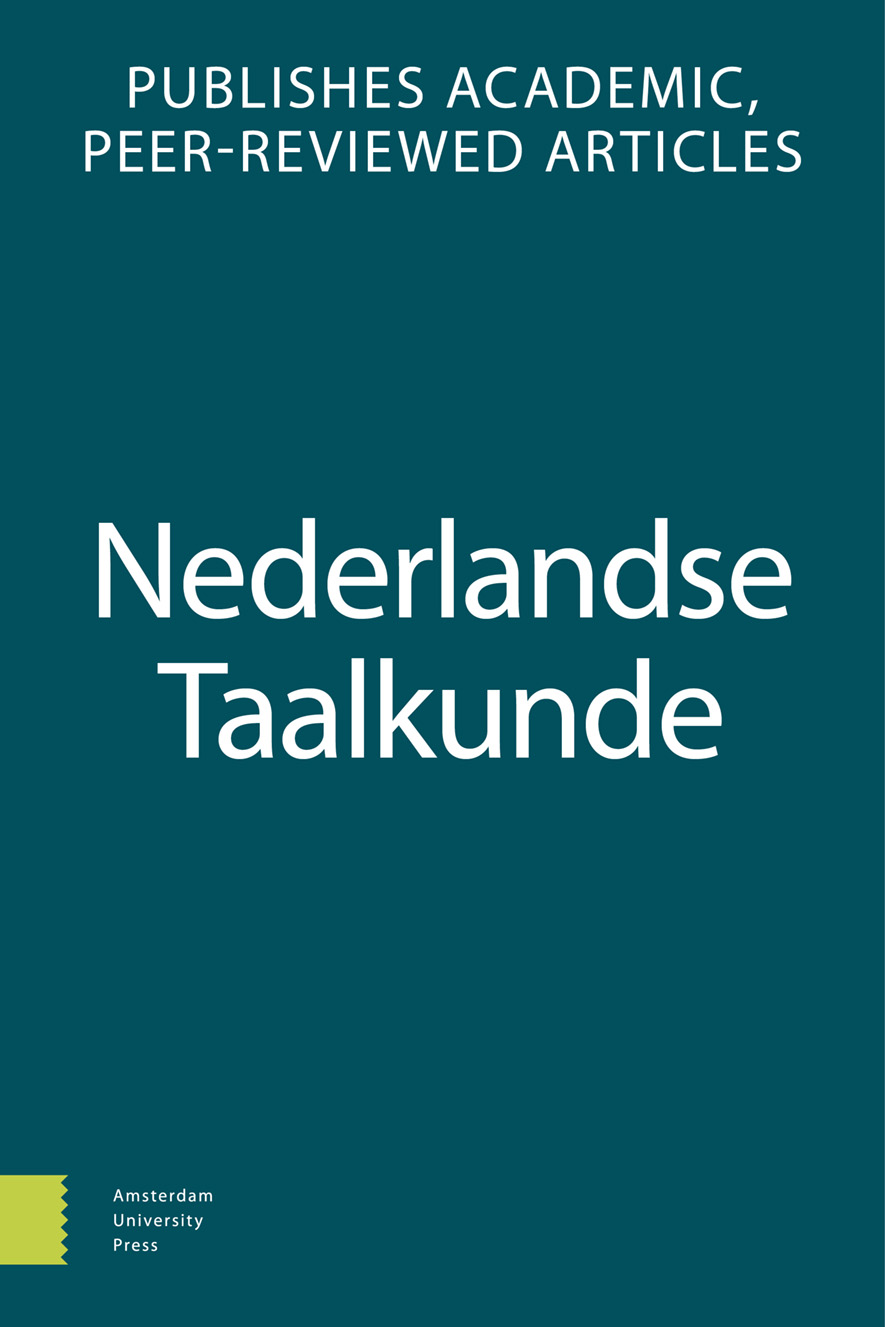
Full text loading...
We use cookies to track usage and preferences.I Understand
Northern Standard Dutch, i.e. the standard variety spoken in the Netherlands, is currently subject to an ongoing vowel shift that started approximately 100 years ago. This so-called ‘Polder shift’ changes tense mid vowels to upgliding diphthongs and lowers the nuclei of diphthongs. Sociolinguistic migrants – speakers of Southern Standard Dutch who moved from Flanders to The Netherlands – may adopt these sound changes, but do so with substantial individual differences in both qualitative and quantitative respects. In addition, there are individual differences between non-migrant speakers of the two varieties. I analyze the Polder shift as an ongoing process of phonologization, relating these individual differences to two separate but interrelated properties: phonology, viz. allophonic conditioning, and phonetic implementation, viz. the degree of diphthongization and lowering. I conclude that these individual differences represent different stages of this ongoing phonologization.

Article metrics loading...

Full text loading...
References


Data & Media loading...

